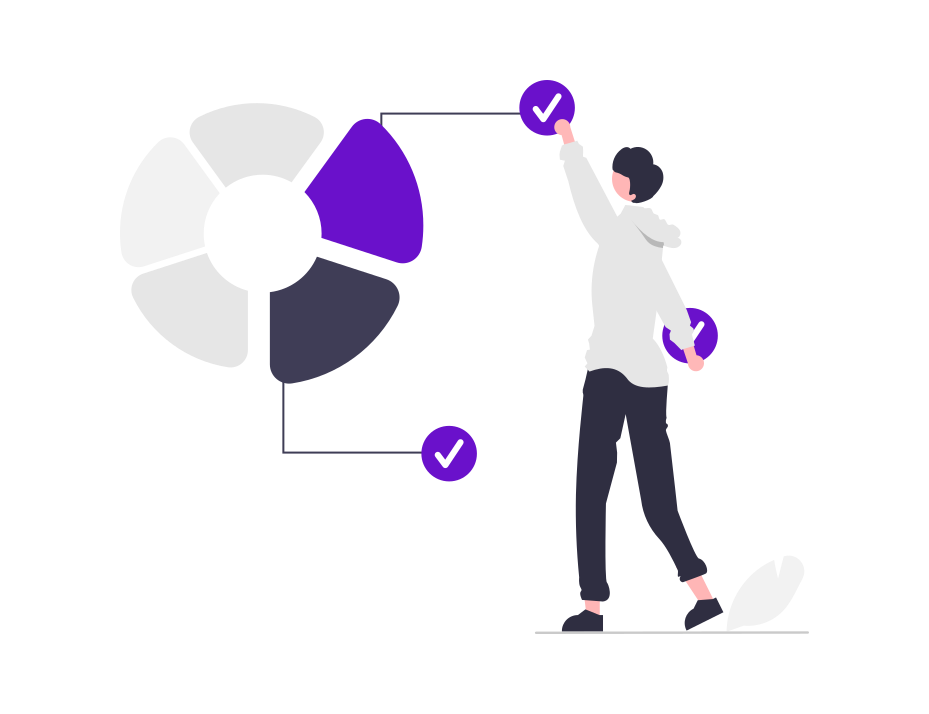Account-Based Marketing (ABM) thrives on precision. The more accurately you can target your marketing efforts, the better your results will be. Behavioral segmentation offers a powerful way to hone in on the most promising accounts by analyzing their behaviors and tailoring your strategies accordingly. This blog delves into the importance of behavioral segmentation in ABM and provides practical tips for implementing it effectively.
Understanding Behavioral Segmentation
Behavioral segmentation involves dividing your target accounts into distinct groups based on their behaviors. This can include:
- Engagement Levels: How frequently they interact with your content.
- Purchase Patterns: Their buying habits and product preferences.
- Product Usage: How they use your product or service.
- Website Interactions: Pages they visit and actions they take on your site.
By analyzing these behaviors, you can gain insights into their needs, preferences, and readiness to buy.
Benefits of Behavioral Segmentation in ABM
Behavioral segmentation offers several advantages in the context of ABM:
- Enhanced Personalization: Tailor your messages and offers to specific behaviors, increasing relevance and engagement.
- Improved Targeting: Focus your efforts on accounts that exhibit behaviors indicative of high-value potential.
- Efficient Resource Allocation: Allocate your marketing resources to the most promising accounts, optimizing ROI.
- Better Predictive Analytics: Use behavioral data to predict future actions and tailor your strategies accordingly.
Implementing Behavioral Segmentation: A Step-by-Step Guide
Step 1: Collect Behavioral Data Gather data from various sources such as website analytics, CRM systems, social media interactions, and purchase histories. This data will form the foundation of your segmentation efforts.
Step 2: Define Behavioral Criteria Identify the key behaviors that are most relevant to your business objectives. This could include frequency of website visits, types of content consumed, interaction with emails, and purchase history.
Step 3: Segment Your Accounts Divide your accounts into segments based on the defined criteria. For example, you might create segments for high-engagement accounts, frequent purchasers, or those showing interest in specific product features.
Step 4: Develop Targeted Campaigns Create tailored marketing campaigns for each segment. Ensure that your messages and offers are aligned with the specific behaviors and needs of each group.
Step 5: Monitor and Adjust Continuously monitor the performance of your segmented campaigns. Use analytics to track engagement, conversions, and other key metrics. Adjust your strategies based on the data to improve results over time.
Practical Tips for Effective Behavioral Segmentation
- Use Automation Tools: Leverage marketing automation tools to streamline data collection, segmentation, and campaign execution.
- Integrate with CRM: Ensure that your behavioral data is integrated with your CRM system for a holistic view of each account.
- Regularly Update Segments: Behavioral data can change over time, so regularly review and update your segments to maintain accuracy.
- Personalize Content: Develop personalized content for each segment to increase relevance and engagement.
- Test and Optimize: Conduct A/B tests to determine which messages and offers resonate best with each segment. Optimize based on the results.
Conclusion
Behavioral segmentation is a powerful tool for enhancing the effectiveness of your ABM efforts. By understanding and leveraging the behaviors of your target accounts, you can create highly personalized and targeted campaigns that drive better engagement and conversions. Implementing behavioral segmentation requires careful planning and continuous optimization, but the results can significantly impact your marketing success.


